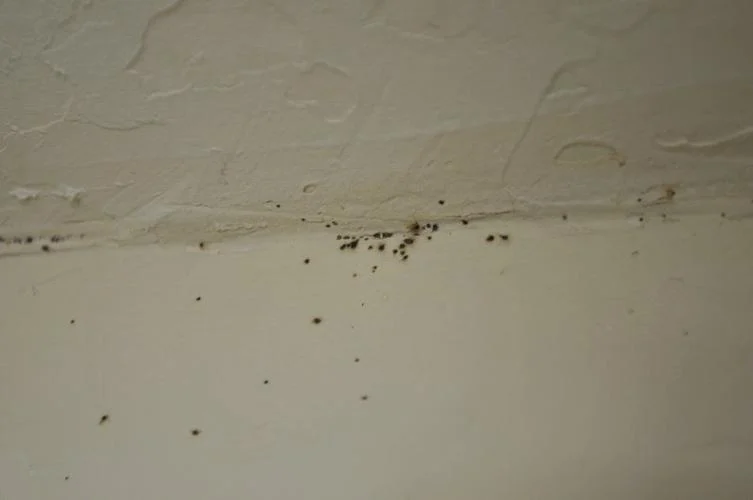Discovering bed bugs on your ceiling can be a distressing revelation. In this comprehensive guide, we’ll delve into the phenomenon of “Bed Bugs On Ceiling,” exploring the reasons behind their presence, their behavior, and effective strategies to eliminate and prevent infestations.

Understanding Bed Bugs on Ceiling: A Disturbing Reality
1. The Unusual Habitat
While bed bugs are commonly associated with mattresses and bedding, finding them on the ceiling is not unheard of. Understanding why bed bugs venture to elevated spaces is crucial in addressing the infestation effectively.
2. Ceiling Travel Patterns
Bed bugs are skilled travelers, and their ability to crawl on walls and ceilings is part of their elusive nature. They often climb up walls seeking warmth, CO2, or potential hosts. Ceiling infestations may occur when these nocturnal pests explore their surroundings in search of a blood meal.
Investigating the Causes
1. Source of Infestation
Identifying the source of the bed bug infestation is the first step. Bed bugs may have traveled from neighboring units, infested furniture, or hitchhiked on clothing or luggage. Understanding the source helps in implementing targeted solutions.
2. Travel Routes and Harborages
Bed bugs are adept at using seams, cracks, and crevices as travel routes. Inspecting potential harborages on the ceiling, such as light fixtures or vents, is crucial. Eliminating these hiding spots disrupts their movement and reduces their chances of reaching the ceiling.
3. Environmental Factors
Ceiling infestations can be influenced by environmental factors. High humidity, warm temperatures, and cluttered spaces provide favorable conditions for bed bugs. Controlling these factors can discourage their presence on the ceiling.
Effective Strategies for Eliminating Bed Bugs on Ceiling
1. Thorough Inspection*
Conduct a detailed inspection of the ceiling, focusing on seams, corners, and potential harborages. Use a flashlight and magnifying glass to detect tiny eggs or shed skins. Identifying the extent of the infestation guides the treatment approach.
2. Vacuuming and Steam Cleaning*
Vacuuming is effective in physically removing bed bugs. Follow up with steam cleaning, which kills bed bugs at various life stages. Steam can penetrate cracks and crevices, reaching hidden harborages.
3. Professional Pest Control*
For severe infestations or persistent issues, seeking professional pest control services is advisable. Pest control professionals employ a combination of chemical treatments, heat treatments, and thorough inspections to ensure complete eradication.
Preventive Measures to Avoid Future Infestations
1. Sealing Entry Points*
Prevent bed bugs from reaching the ceiling by sealing entry points. Use caulk to close gaps around windows, doors, and utility lines. This minimizes potential routes bed bugs might take to access elevated spaces.
2. Encasement for Mattresses and Furniture*
Encasing mattresses and furniture in bed bug-proof covers serves as a preventive measure. This reduces the likelihood of bed bugs finding harborage on these surfaces and limits their ability to travel to the ceiling.
Read too: Unveiling the Causes and Solutions for the Persistent Issue of “Crack Along Ceiling And Wall” in Your Home
Conclusion: Taking Control of Bed Bugs on Ceiling Infestations
In conclusion, addressing bed bugs on the ceiling requires a comprehensive approach, from identifying the source of the infestation to implementing effective treatment and preventive strategies. By understanding their behavior and employing targeted methods, you can regain control of your living space. Whether through DIY methods or professional assistance, taking proactive measures ensures a ceiling free from unwanted bed bug intruders.